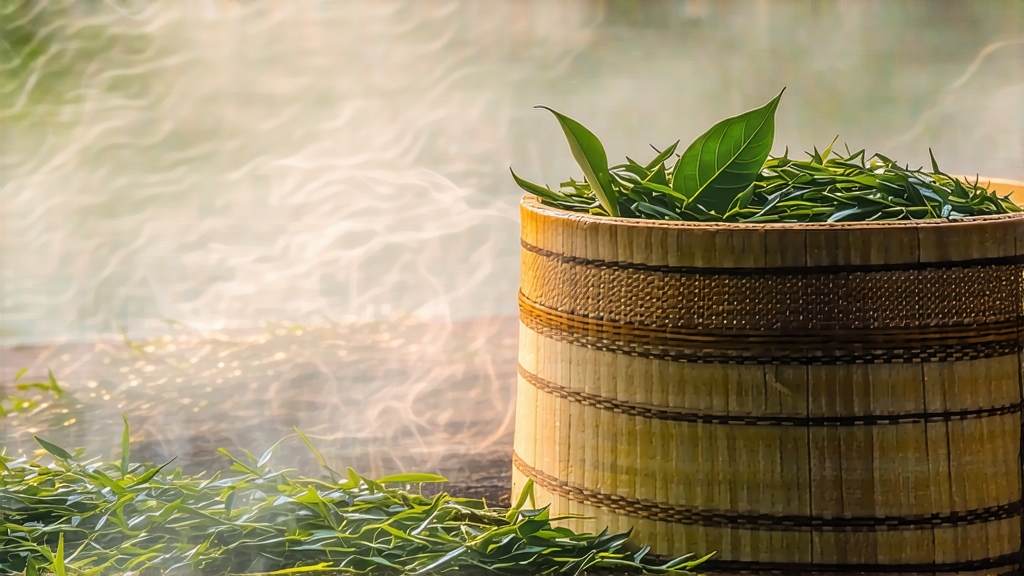
Longjing, literally “Dragon-Well,” is more than a beverage in China—it is a liquid postcard of early spring, a Ming-dynasty poem that can still be tasted. First praised in Lu Yu’s Classic of Tea (760 CE) and later canonized by the Qianlong Emperor, who allegedly pocketed the bushes in front of Hangzhou’s Hugong Temple so he could brew the leaves on his travels, Longjing has spent twelve centuries evolving from a regional Buddhist tonic into the diplomatic gift that Premier Zhou Enlai served to Richard Nixon in 1972. Today the name is legally protected; only leaves plucked within the 168-square-kilometer core zone of Hangzhou’s West Lake may bear the coveted “Xihu Longjing” seal.
Within that micro-zone, five micro-terroirs are recognized by connoisseurs. Shifeng (Lion Peak) produces the most sought-after leaves: tiny, jade-green sparrow tongues that carry an unmistakable “long xiang” (dragon fragrance) reminiscent of toasted soybean and fresh rain on limestone. Meijiawu, a terraced valley once tilled by Song-dynasty poets, yields a softer, orchid-like cup. Wengjiashan gives mineral heft; Longwu, a higher elevation, adds alpine brightness; and Hupao (Tiger-Run) supplies the spring water that locals insist is the only proper brewing medium for its own tea—a circular terroir romance that would make a French vigneron smile.
The cultivar matrix is equally nuanced. The traditional clone is Qunti, an open-pollinated landrace with deep roots and slow spring awakening that concentrates amino acids. In the 1970s, the research institute released Longjing #43, a earlier-sprouting, higher-yielding selection whose uniform bushes paint the hillsides an almost neon green. More recently, Zhongcha 102 and the yellow-leaf Baiye #1 have entered the mix, but purists still pay triple prices for old-tree Qunti picked before the Qingming festival, when each bud contains only 2.5 % catechins but a luxurious 6 % L-theanine, the amino acid responsible for Longjing’s famous “sweet umami” that blooms like warm stonefruit on the tongue.
Craft begins the instant two leaves and a bud are snapped off the bush. The pluckers’ fingernails must not bruise the cell walls, so enzymatic oxidation is arrested before it begins—a defining difference between green tea and oolong. Within thirty minutes the baskets arrive at the village cooperative, where 250-gram batches are repeatedly hand-pressed against a wok whose temperature is modulated in a 24-step ballet: 90 °C for killing the green (shaqing), 60 °C for shaping, 40 °C for final drying. A master fryer judges heat by ear—the crackle of residual water, by eye—the jade translucence of the leaf edge, and by hand—a callus that can feel when a bud’s core moisture drops to the magic 6 %. One kilogram of finished tea demands 60,000 gestures and leaves the fryer’s palms stained chlorophyll green.
To brew, first temper the water. Hangzhou locals fetch Tiger-Run at dawn, but any low-TDS spring water filtered through bamboo charcoal works. Bring it to 80 °C—when tiny fish-eye bubbles cling to the kettle wall; boiling will “cook” the leaves and flatten aromatics. Use a tulip-shaped glass tumbler (cha bei) so the dance of leaves can be observed. Three grams per 150 milliliters is the golden ratio, but the eyeball method is a pinch per cup. Pre-warm the glass, then slide the leaves onto the angled wall so they form a single layer. Pour the water in a high, thin stream so the leaves tumble like green snowflakes, then immediately cover with your palm for ten seconds to trap steam. When the buds stand upright—some say “like miniature bamboo shoots after rain”—the first infusion is ready. Sip at 60 °C, letting the liquor coat the upper palate; swallow, then exhale through the nose to catch the returning “hui gan” sweetness that arrives 30 seconds later.
Subsequent infusions are flash brews: add 5 °C hotter water each time, never exceeding 90 °C, and extend the steep by only five seconds. Premium Shifeng will yield